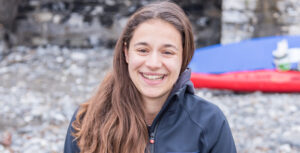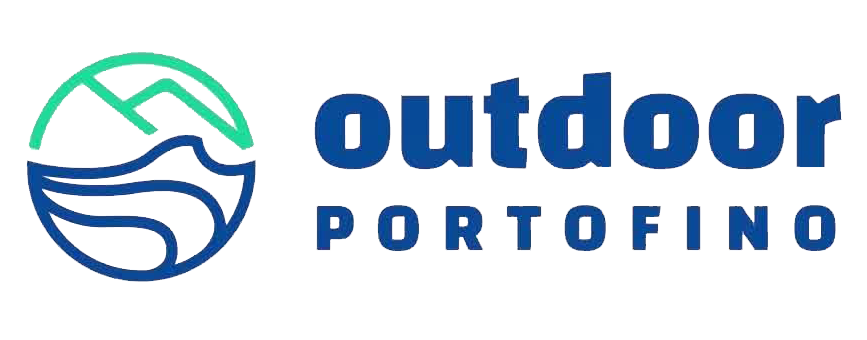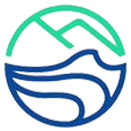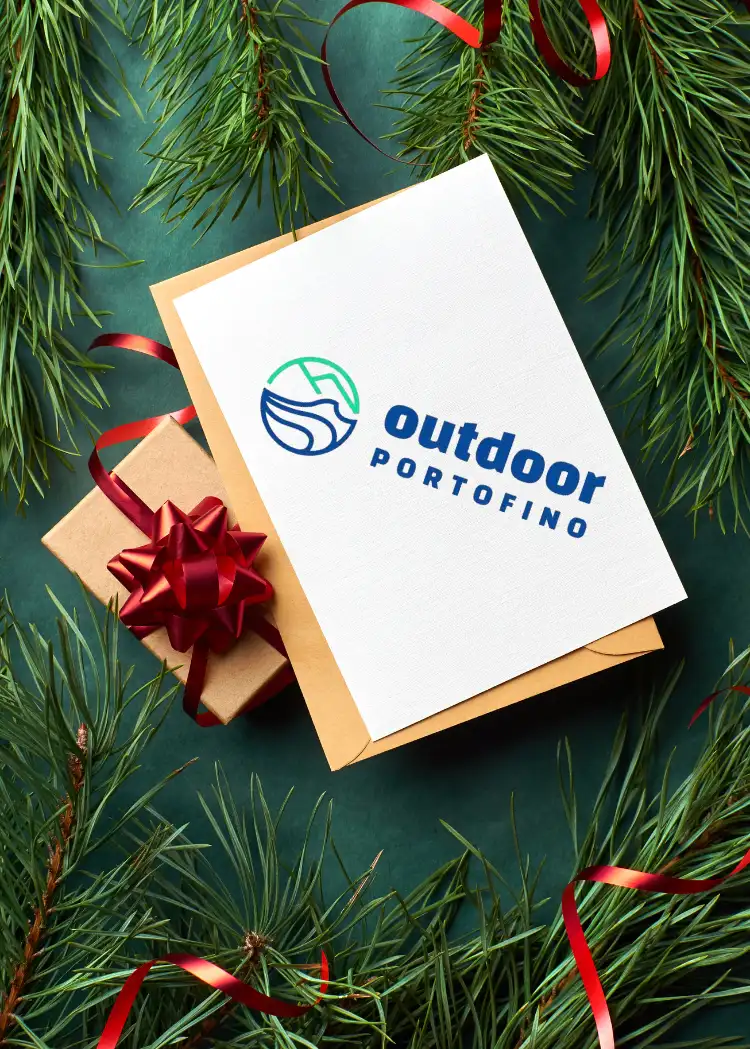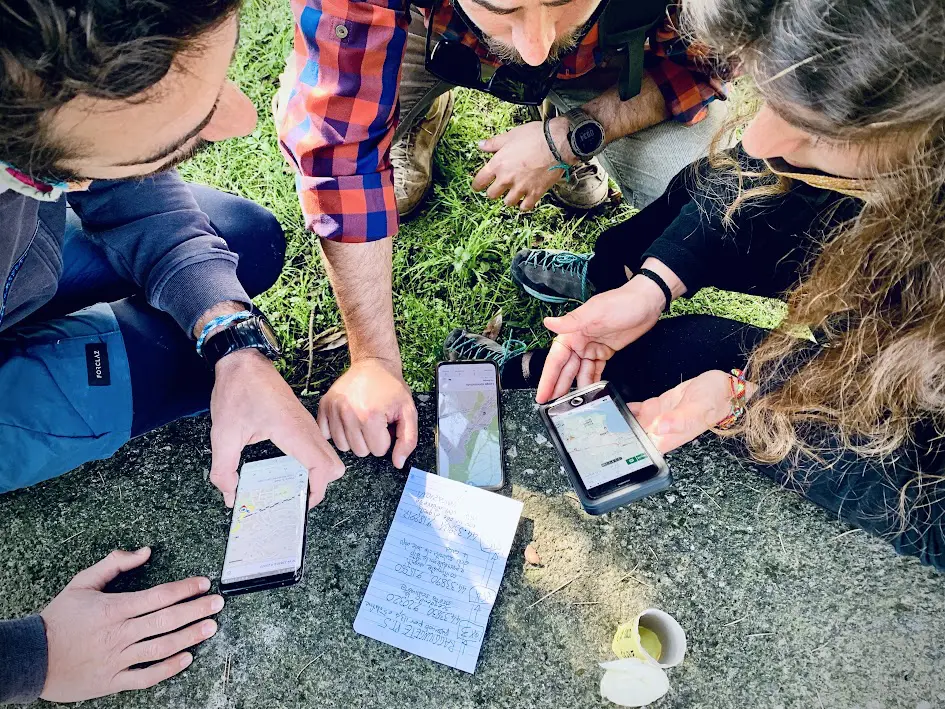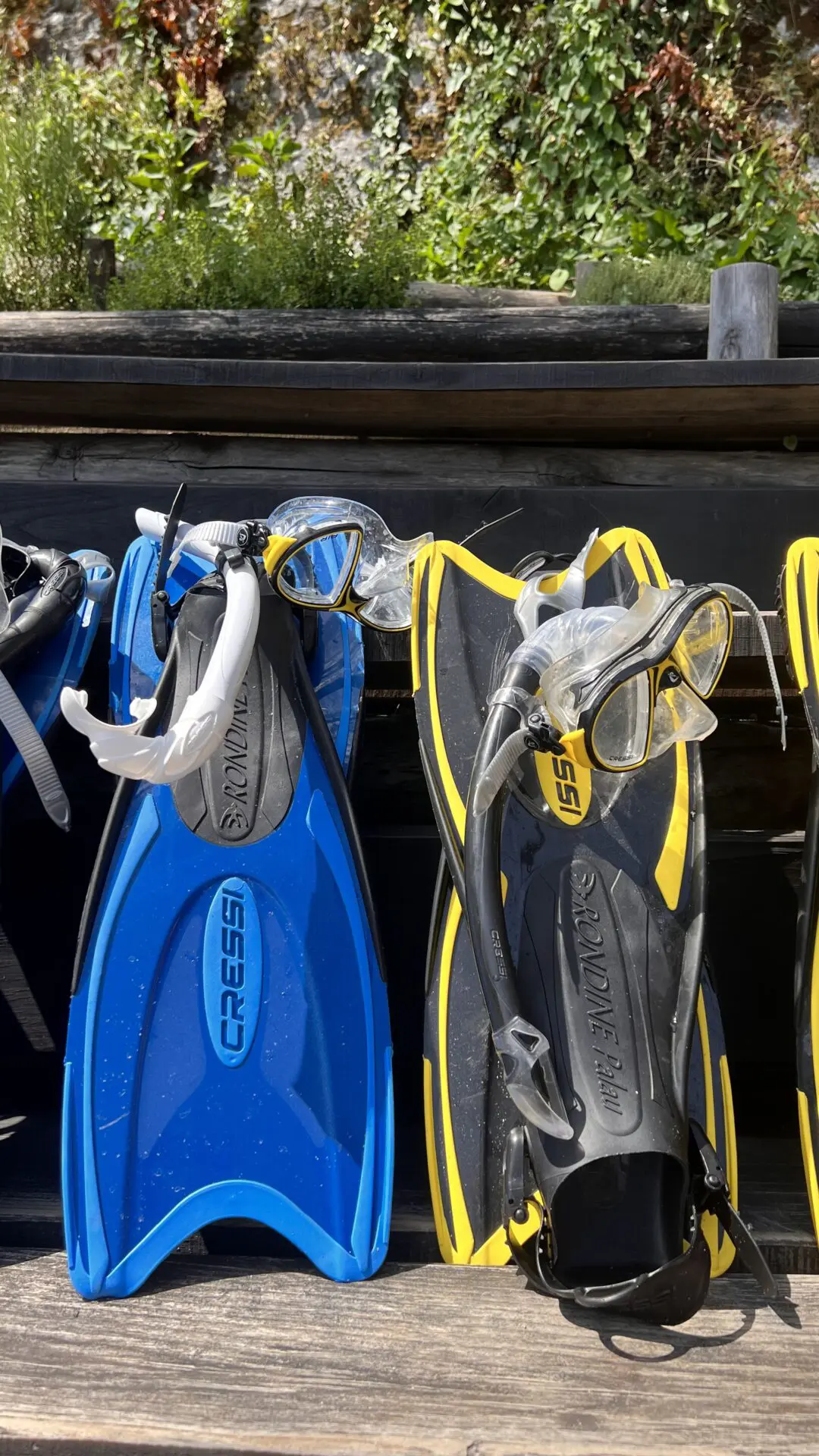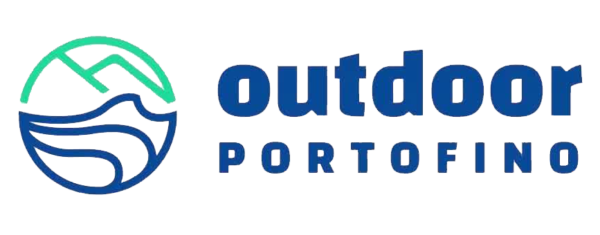Guided tours: expert advice
There are many ways to live and explore the nature of the sea and mountains. In the last few years, the number of professionals offering guided tours for having safe outdoor adventures has grown exponentially.
Two questions that we are often asked are: why should I choose to take part in a guided tour instead of going on my own? What does the guide actually do?
To answer these and other questions, we chat with three professional guides who have operated in outdoor environments for many years.
Marina Luciani, Avventura sulle Gambe:
With a Philosophy degree, she is a AIGAE certified Hiking Guide and a Naturalistic Guide for Ticino Park. Founder of Avventura sulle Gambe (Adventures on legs), with her excursions on foot and environmental education activities, she can take us to discover the forests of the Parco del Ticino, of course without disdaining encroachments onto the Alps and Apennines.
Federico Maggiani, Eddyline:
Operations director and technical director of Eddyline, with whom he has guided numerous groups to discover Valsesia, in the foothills of Monte Rosa, for years, through various river activities. Federico is a FICT River guide instructor, FICK canoe instructor, F.I. Raft Rafting Guide and Master and A.I. Hydro Hydrospid Guide.
Giuseppe Debernardi, Outdoor Portofino:
Seakayak ISKGA Guide, BC Sea Kayak leader Guide and FICK Italian sea kayak instructor. Furthermore, he is the OP Experience and Technical Staff Training manager for Outdoor Portofino, always ready to accompany tourists and locals to discover the Ligurian Riviera with seakayak, sup, snorkelling and coasteering excursions.
A jump into the blue during a coasteering tour.
How are guided tours created
How much work goes into each of your guided tours?
Marina:
Organizing an excursion is not just a walk in the park at all! We must give body to an idea that has significance. Choose a suitable place and go on a preliminary inspection to define the itinerary, after having evaluated the environment and the points of interest.
Furthermore, you need to thoroughly study the history, geology and nature of the territory in order to interpret it correctly. And sometimes you also need to go on numerous reconnaissance missions to define all the details.
Finally, a final check inspection for safety is always necessary, ensuring the practicability of the paths (in particular after important weather events). In some cases, intervention will be required to ensure the maintenance and safety of the route.
Federico:
Every outing is different. It depends on the difficulty of the route, the number of people on the trip, weather conditions and so on. For these reasons, a lot goes on behind the scenes which is hard for someone who doesn’t do this as a job to imagine-
From a practical point of view, the guide has to prepare the material that will be used to inform the client as to what to bring. He also has to communicate with the group to find out more about their experience and their eventual technical ability regarding the chosen activity.
If the excursion is on an unknown route, the guide must carry out an inspection to make sure that everything is ok. If the outing doesn’t foresee that the participants return home the same day, the guide must organise food and lodging.
As well as all of this, the tour leader must consult the weather forecast right up to the last minute, and, should it be necessary, the guide has the responsibility of deciding whether to cancel or delay the excursion.
Giuseppe:
A guided tour requires a lot of preparation time. The initial idea is just the beginning, sometimes starting off from this, you might need months before you get to the final product.
You will go through moments of scouting, research, data elaboration. Logistics must be studied, escape routes and all the necessary gear for the route. During this process, a lot of ideas lose their initial connotation. Sometimes they develop into different proposals with respect to what the initial idea was, whilst on other occasions you may need to abandon the project altogether.
Later, you move on to forming a pilot proposal and then finally the definitive one.
Guided tour or self-guided?
What is the added value of a guided tour when compared to a natural experience enjoyed autonomously?
Marina:
Choosing to take part in a tour with a guide does not just signify paying an expert who shows us the way to the destination that we have chosen.
It means entrusting yourself to a professional who knows the environment in which he moves very well, as well as its characteristics and problems. Putting yourself in the hands of a guide above all signifies having chosen to be with an interpreter of the territory and environment that you will be visiting.
The guide will be able to give information and explanations regarding nature, but above all will be able to give a sense to this information and a meaning to our presence in that environment.
Federico:
Without the necessary technical knowledge and experience required for going on an excursion independently, the result will certainly be harmful. The best part of what the activity had to offer could be overwhelmed by a thousand difficulties.
The advantage of a guided tour, if the Guide is competent, is that of experiencing total emotional and physical involvement. The Guide knows the area well, and thus can filter and discard everything which is uninteresting. This way, time is optimised and you can live an even more rich experience in a shorter time.
You always have a reference point to whom you can ask for an explanation.You are more relaxed because there is someone else worrying about our enjoyment, but more importantly about our safety. Plus carrying out a group activity can create bonds and chemistries with the others that you just can’t imagine.
Giuseppe:
Often independent tours are environmental discovery tours which, however stimulating they are, don’t allow you to get to know all the characteristics and curiosities thoroughly.
A guided tour proposed with professionalism lets you use your time efficiently. A quality which is really useful when you have just a few hours or days available to spend in an unknown place. The guide will lead the group safely, making the participants appreciate the characteristics of the natural environment and local history, guiding the group to the most interesting spots.
Furthermore he will give advice about the techniques necessary for the planned activity. For example, how best to conduct the chosen means of transport, for example a kayak or sup.
The figure of the guide
Which are the fundamental characteristics that a guide must have or acquire?
Marina:
To really give sense and meaning to his work, the Guide must have passion and enthusiasm for what they do. This is the only way to really transmit something more than just information. Empathy, and attention to others and to nature are the qualities that ensure that accompanied guests are really involved. Technical, geographical, historical and natural knowledge is also important.
Finally, attention to safety is really a fundamental and indispensable requirement for every chaperone. A professional course can provide the basics of a guide’s competence. Constant study, passion and experience then complete their abilities.
Federico:
A great Guide is certainly one who has not just a high level of technical knowledge, but a lot of love for the profession and for the activity that is being carried out.
The ideal Guide is one who is able to transfer his passion that is intrinsic to the activity. Someone with attention to detail, comfortable even in the most complex situations and who gives security to others. He knows how to listen, how to read the behaviour of his guests and manage their emotions and reactions. He allows everyone to try everything, all within the limits of their abilities, in complete safety.
Technical abilities are acquired during training on Guide courses. Everything else is acquired with experience in the field and with the aptitude that every human being has, but which everyone has in a different way.
Giuseppe:
A guide as well as having thorough knowledge of the environment in which he moves and of the means of transport that he is using for the excursion, must have knowledge linked to conducting a group (or leadership skills). As well as these, he must acquire all the first responder techniques and know about all the emergency procedures.
There are also aspects that are more linked to character and personality that transform a well-prepared person into a Guide. Some people are born with a particular predisposition, others need to spend a lot of time working on themselves.
In fact as well as their smile and their ability to lead groups, they must be able to act with a relaxed and organised mental state even in stressful situations. A Guide must be empathetic and inspire trust right from the first moment that he meets his group.
